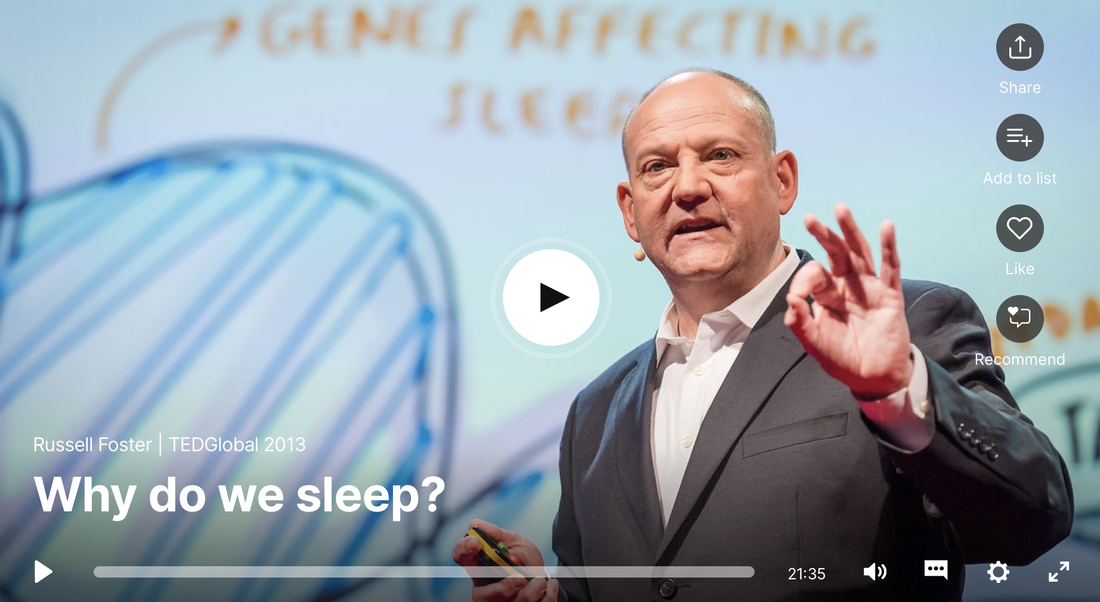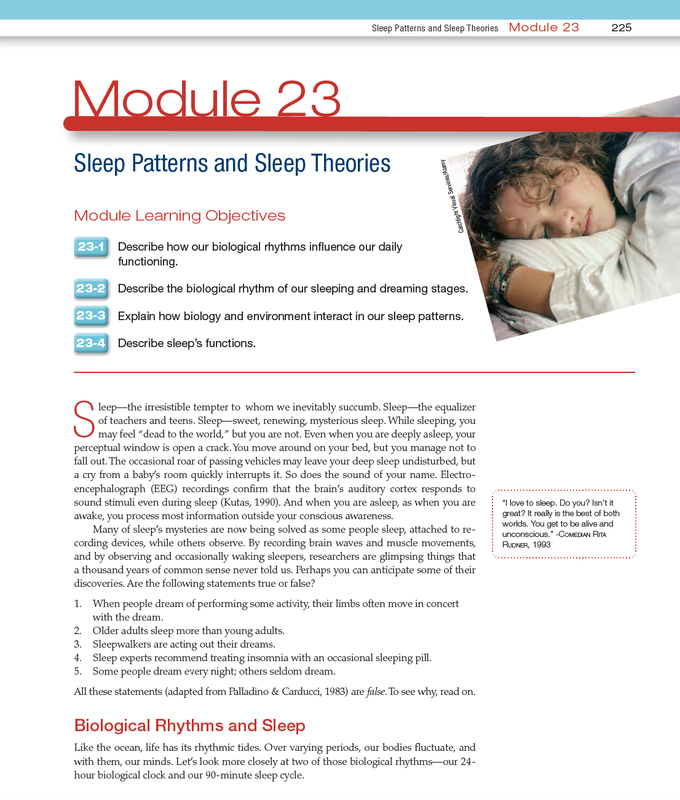unit V: states of consciousness
Read the modules in Unit 5
Review the practice MC questions and FRQs
Quizlet for Unit 5 (link fixed!)
Next Test: October 31
Possible FRQ Topics:
Theories of why we sleep and why we dream
Psychoactive Drugs
Review the practice MC questions and FRQs
Quizlet for Unit 5 (link fixed!)
Next Test: October 31
Possible FRQ Topics:
Theories of why we sleep and why we dream
Psychoactive Drugs
|
Assignment for Friday 10/25
A. Watch the TED Talk on the function of sleep. Answer the questions on the handout (given in class) as you watch. B. Read the following Modules in your textbook (link here): 23-3. How do biology and environment interact in our sleep patterns? (page 229) 24-2. What do we dream? (page 240) 24-3. What are the functions of dreams? (page 241) Answer the following questions in your notebook: 1. What is the role of the suprachiasmatic nucleus (SCN)? 2. How does the two-track mind work during dreams? 3. Describe the major theories of why we dream including: Freud, Information-Processing, Physiological Function, Neural Activation, Cognitive Development) |
|

